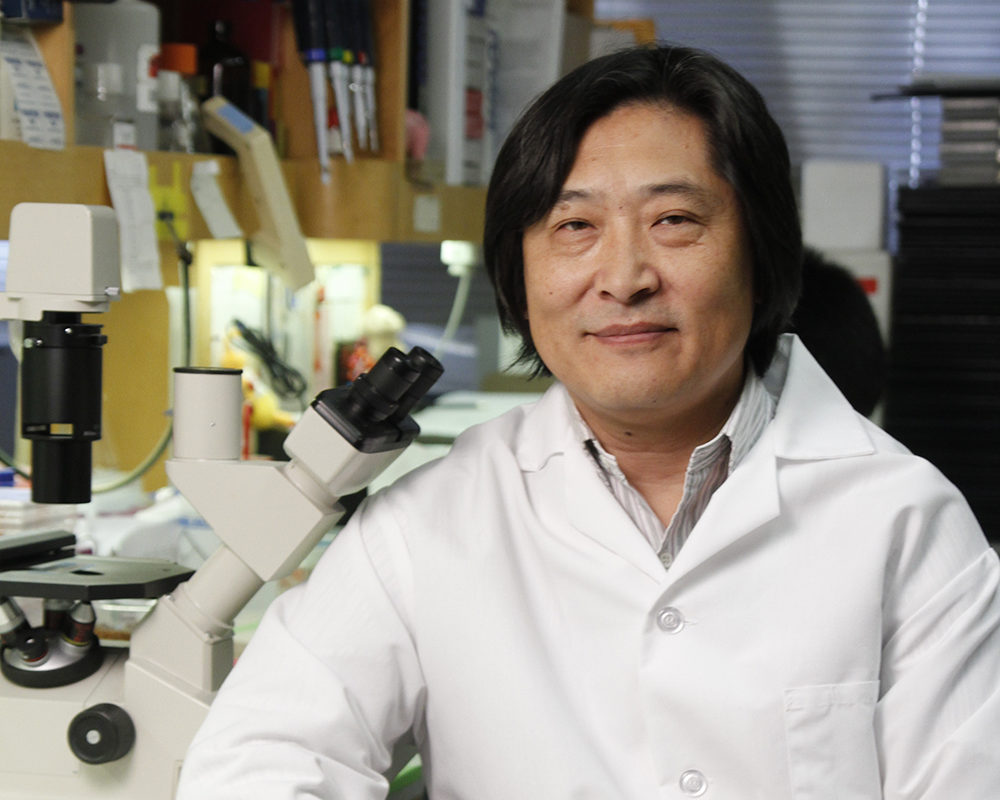
Stem cells in bone marrow need to produce hydrogen sulfide in order to properly multiply and form bone tissue, according to a new study in Cell Stem Cell from the Center for Craniofacial Molecular Biology at the Ostrow School of Dentistry of USC.
Professor Songtao Shi, principal investigator on the project, said the presence of hydrogen sulfide produced by the cells governs the flow of calcium ions. The essential ions activate a chain of cellular signals that results in osteogenesis, or the creation of new bone tissue, and keeps the breakdown of old bone tissue at a proper level.
Conversely, having a hydrogen sulfide deficiency disrupted bone homeostasis and resulted in a condition similar to osteoporosis — weakened, brittle bones — in experimental mice. In humans, osteoporosis can cause serious problems such as bone fractures, mobility limitations and spinal problems; more than 52 million Americans have or are at risk for the disease.
However, Shi and his team demonstrated that the mice’s condition could be rescued by administering small molecules that release hydrogen sulfide inside the body. The results indicate that a similar treatment may have potential to help human patients, Shi said.
“These results demonstrate hydrogen sulfide regulates bone marrow mesenchymal stem cells, and restoring hydrogen sulfide levels via non-toxic donors may provide treatments for diseases such as osteoporosis, which can arise from hydrogen sulfide deficiencies,” Shi said.
“Hydrogen Sulfide Maintains Mesenchymal Stem Cell Function and Bone Homeostasis via Regulation of Ca2+ Channel Sulfhydration” was published online on April 10 in Cell Stem Cell.
This work was supported by grants from the National Institute of Dental and Craniofacial Research, National Institutes of Health, Department of Health and Human Services (R01DE017449 and R01 DE019932), from the National Natural Science Foundation of China (81222011), and from Science and Technology Activities of Beijing Overseas Students Preferred Foundation.
